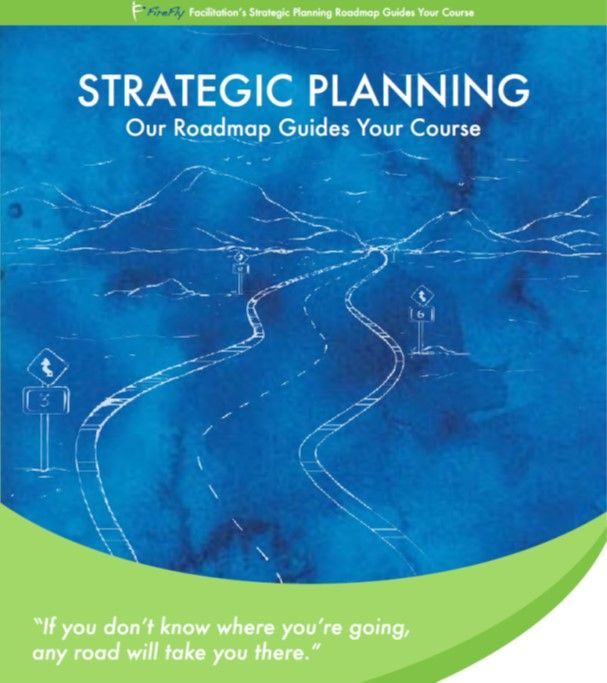How Can We Reach Better Team Decisions through Productive Conflict?
A step-by-step collaborative approach to creating conflict norms.
We’ve already addressed generating guidelines for team decision-making, and how important it is to get your team involved in making these rules. What better way could there be for a team to begin making decisions together, than by collaboratively setting up conflict norms. Read on for a step-by-step approach for accomplishing this important goal.
You might begin by asking each member to write down three to five norms that would lead the group as a whole to more productive conflict and make better decisions ; that is, conditions that would need to be in place for this to happen. Don’t worry about the exact wording at this point; just get the gist of an idea. If the team has many members—or if the environment doesn’t make this kind of open, candid discussion realistic quite yet—then have members create small groups of three to four people to share what they wrote down. They then can discuss and agree upon the suggestions that they think are best for this team at this stage in their growth.
Again, don’t worry about wording at this point; we are simply looking for trends across the various groups. Are you seeing any kind of pattern? Are you hearing the same repeatedly? If so, then you know you have hit on something. Another way to approach this step is simply to hand each person five sticky notes and a black marker, and then ask them to jot down one idea per note. There is great anonymity in the same color notes and markers. You can then group together the notes that seem to be addressing the same issue.
You have now identified some general themes or concepts for what these norms might be. What next? While you could keep the whole group together to wordsmith each one, I prefer a simpler and more engaging approach. Let people form small groups to work on the single theme about which they feel most strongly. This incites the favorable consequence of having internal champions who will ensure that others adhere to these norms, since they were so deeply involved in their very creation.
After about 15 minutes of work, ask the groups to share their draft norms. You want people to react to these by asking them questions such as: “What do you like about it? What would you change? Will we be able to know if someone is living up to the norm—that is, can we see it in action?” This last point is very important. Beware of vague mom-and-apple pie norms like “Show respect.” After all, how will you really know if someone is showing respect? The very definition of the word respect can vary greatly from one person to the next. As much as possible, leave little room open for interpretation, and make each rule measurable and actionable.
I have had the opportunity over the last several years to work with dozens of teams in creating these conflict norms. In our next post, we’ll address some of the general categories into which they tend to fall, and offer examples of each.






